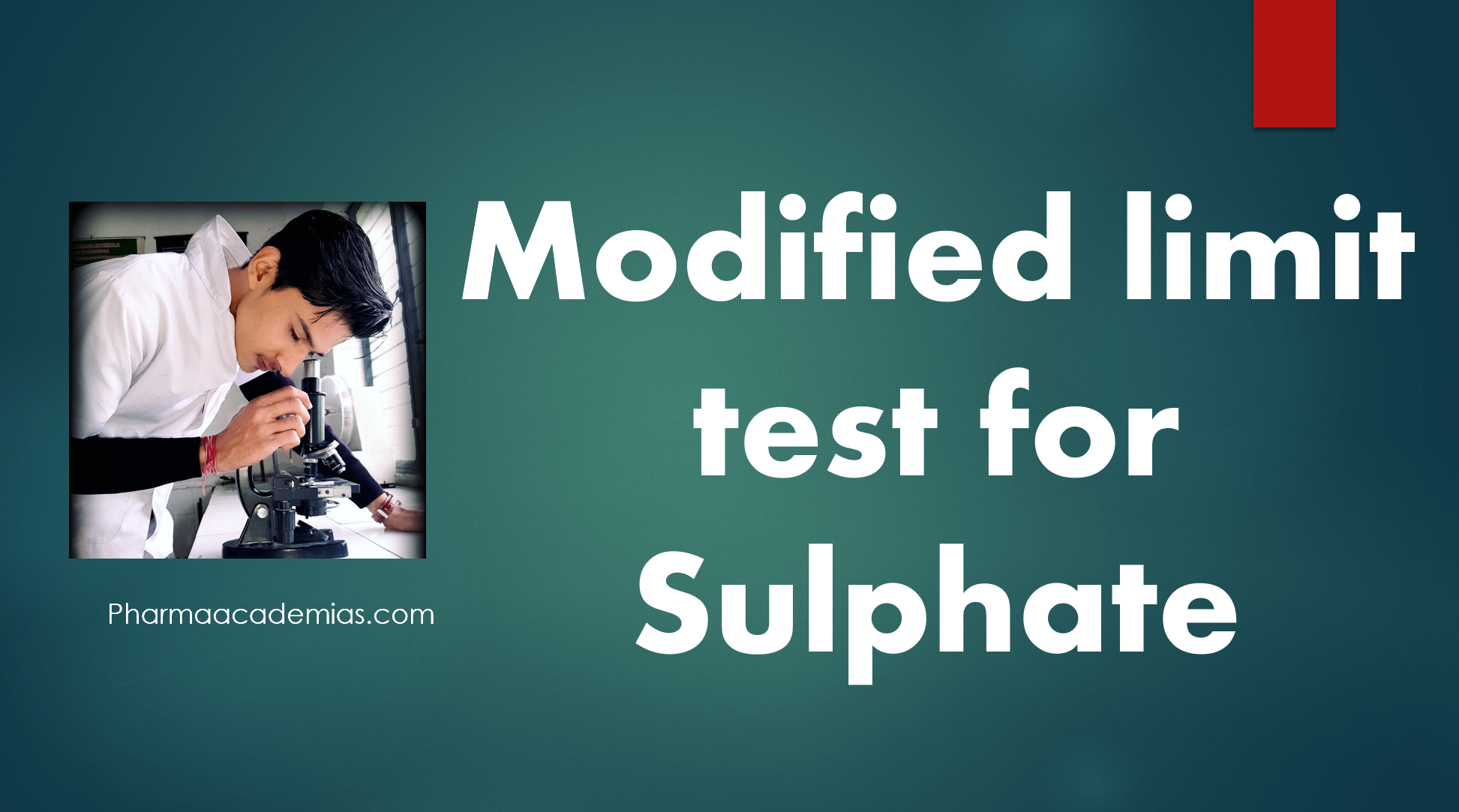Introduction
Sulphates, a common group of chemical compounds containing the sulfate ion (SO₄²⁻), are found in various natural and industrial sources. To ensure the safety and quality of products in industries like pharmaceuticals, food, and environmental monitoring, a precise method for detecting sulphate ions is crucial. This blog delves into the principles, procedures, and significance of the modified limit test for sulphate.
Understanding Sulphates
Sulphates, derived from sulfuric acid (H₂SO₄), are widely distributed in nature and have numerous applications in various industries. While they play essential roles in chemical processes and have many beneficial uses, excessive sulphate levels can have detrimental effects, making accurate testing necessary.
Traditional Limit Test for Sulphate
The conventional limit test for sulphate relies on gravimetry, involving a series of precipitation and filtration steps. In this method, researchers add barium chloride (BaCl₂) to a sulphate-containing solution, resulting in the formation of barium sulphate (BaSO₄) as a white precipitate. Researchers then collect, dry, and weigh the precipitate to determine sulphate content. However, this traditional approach is time-consuming and resource-intensive, making it less practical for modern analytical needs.
The Modified Limit Test for Sulphate
The modified limit test for sulphate offers an improved and more efficient alternative to the traditional method. It provides several advantages, including quicker results and simplified procedures.
Principle of the Modified Test
The principle of the modified limit test for sulphate remains consistent with the traditional method: the precipitation of sulphate ions as barium sulphate. However, the key innovation lies in the analysis and quantification of the precipitate.
Procedures of the Modified Test
- Sample Preparation: Start by dissolving the sample in an appropriate solvent to ensure sulphate ions are in solution form.
- Addition of Barium Chloride Solution: Introduce a standardized barium chloride solution into the sample. The barium chloride solution contains a known concentration of barium ions.
- Formation of BaSO₄: Sulphate ions in the sample react with the barium ions in the barium chloride solution, leading to the formation of BaSO₄ precipitate.
- Quantification: Unlike the traditional method, which involves collecting, washing, and drying the precipitate, the modified test quantifies sulphate content directly by monitoring the change in BaSO₄ turbidity or coloration. This can be achieved through techniques like turbidimetry or colorimetry, which provide rapid and accurate results.
Significance of the Modified Test
- Time-Efficiency: The modified limit test offers faster results, making it ideal for routine quality control and analysis in various industries.
- Sensitivity: The test is highly sensitive and can detect even trace amounts of sulphate in a sample.
- Precision: Modern instrumentation ensures precise quantification of sulphate content, reducing the potential for errors.
- Environmental Impact: Reduced chemical waste and simplified procedures contribute to a more eco-friendly testing process.


 Join Our Telegram Channel
Join Our Telegram Channel